The api configuration should be used for dependencies that are exported to external modules (transitive dependency). Vice-Versa implementation configuration should be used for dependencies that are internal to the component (not transitive dependency).
implementation vs compileOnly:
There is no similarity in their job, compileOnly is
- a configuration inherited from java-plugin
- required at compile time
- also not included in the runtime classpath or exposed to dependent
projects.
So compileOnly doesn't replace the implementation configuration job e.g:
implementation 'com.android.support:appcompat-v7:25.1.0' // can't use compileOnly here
testCompile 'junit:junit:4.12'
compile "com.google.dagger:dagger:2.8" // can't use here also
annotationProcessor "com.google.dagger:dagger-compiler:2.8" // can't use here also
compileOnly 'javax.annotation:jsr250-api:1.0' // we can use compileOnly here because it's required on run time only.
Since your case is a "multi-module", you have to use the api configuration, until you reach the final module it's better to use implementation.
Following graph describe those configurations:

Performance?
I think api requires more memory because gradle will snapshot every class in that transitive module, vice versa implementation is a preferred configuration because (as mentioned above) it's used for its own internal implementations.
